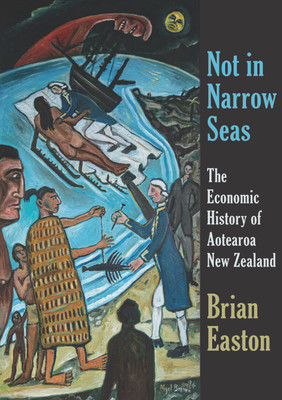Hide Description- Show Description+
'Existing views of Featherston are fragmentary, negative and not very satisfactory. He was the “little Doctor”, a single-minded despot wielding tyrannical power and casting an oppressive shadow. As I began to understand more of his life, I realised that there was little appreciation of a man who had contributed so much.’ —John E.Martin
Isaac Featherston was at the heart of some of the most significant developments in New Zealand from the 1840s colonisation by the New Zealand Company to the abolition of the provinces in 1876. A doctor, newspaper editor and politician, he advocated for the provinces against the domination of central government, while also being primarily responsible for the relocation of the capital from Auckland to Wellington in 1865.
Known amongst Māori as ‘Petatone’ and with a reputation for directness and honesty, he was at the very centre of Pākehā–Māori relations, and in his 1857 official portrait is depicted alongside leading rangatira Te Puni and Wi Tako.
Dr. John E. Martin has researched and written about New Zealand history since the 1980s, teaching in universities and employed as a historian in the public sector. He was parliamentary historian in the 2000s and 2010s. His publications include rural and labour history, the history of science and engineering, and social and political history. His books include The Forgotten Worker (1990), People, Politics and Power Stations (1991 and 1998), Holding the Balance (1996), The House: New Zealand’s House of Representatives, 1854–2004 (2004), Parliament’s Library (2008), Honouring the Contract (2010), Illuminating Our World (2017), A Colonist’s Gaze (2018) and most recently Empire City: Wellington Becomes the Capital of New Zealand (2022).
Cover: William Beetham, Dr. Featherston and the Maori Chiefs, Wi Tako and Te Puni (1857–58), oil on canvas, 1921-0001-1, Te Papa
Cover design: Matthew Bartlett




